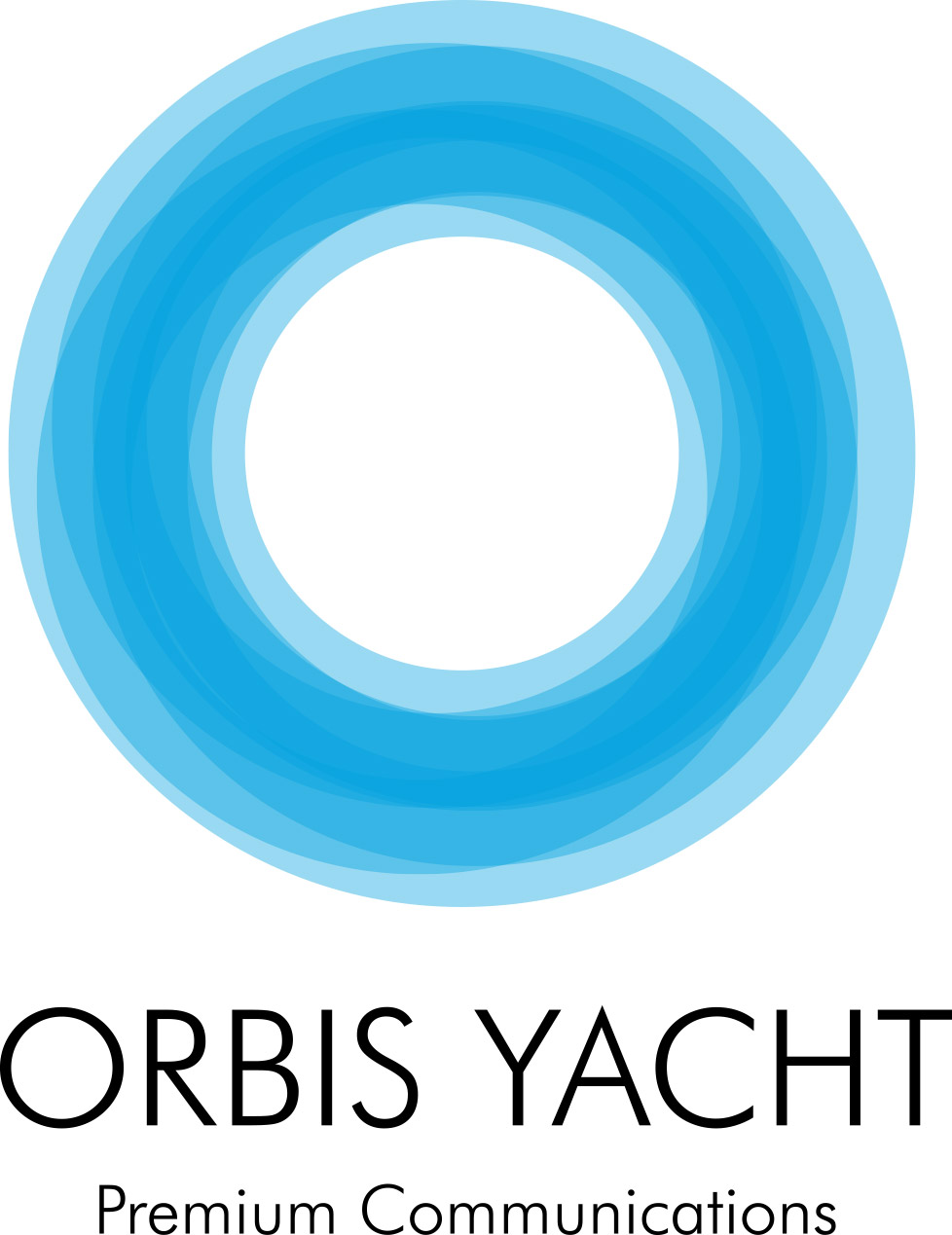What do transistor radios, LED lightbulbs, Airbnb, iPhones, and superyacht innovations all have in common? No, it’s not the start of a terrible joke.
Is the lightbulb going on over your head yet?
They are all prime examples of disruptive technology. When they come in, they totally change their industry, often knocking out top competitors. Transistor radios blasted out large, non-portable radiograms; LED lightbulbs outshone incandescent bulbs; Airbnb cut out the hotel chains, and iPhones toppled laptops as an easier way to connect with the internet.
The phrase ‘Disruptive Technology’ was first coined by Clayton M. Christensen in a 1995 paper for Harvard Business School. Usage of the phrase has soared, and according to Google, it’s now used thousands of times a day in searches, articles and blogs.
If you’re a happy hybrid of yacht owner and gadget freak, there’s no reason your vessel couldn’t become one of the most technologically-packed craft of all time, densely populated with innovations, apparatus and cool contraptions at every turn, in every corridor, behind every panel, and deep in the engine room.
Innovations in propulsion, entertainment, 3D printing, toys, virtual reality, waste disposal, navigation, solar panels, crew training, communication, security and the Internet of Things are moving at an incredible rate of knots: it’s difficult to keep up.
The tsunami of disruptive technology is being driven by adventurous, high-net-worth millennials, and is most evident in hybrid yachts and explorer yachts. Thanks to sustainable features and cutting-edge design, the industry is changing for the better. Better for owners, better for guests, better for crew, and definitely better for the planet.
Hybrid Yacht ‘Home’
Although around for some time now, it’s worth recapping on the benefits of hybrid yachts, using two or more power sources for propulsion. Absolutely, we all want a greener ride that reduces emissions, but many owners are lured by the option of silent cruising and space-saving.
Dutch firm Heesen Yachts, launched ‘Home’ in 2017, and it was the world’s first ‘fast-displacement-hull-form motor yacht with hybrid propulsion’. A combination of 840 hp main engines and two water-cooled DC electric shaft motors meant virtually silent cruising at certain times. In the owner’s stateroom, the electric motors had the same volume as softly falling rain – an almost imperceptible 46 decibels.
Hybrid engine rooms have more flexibility too, leaving space for the innovative configuration of accommodation and toys. Want a moon pool for your submarine? Go hybrid for extra versatility.
3D Parts, Printed on Board
3D printing is revolutionising the way components, spare parts, and even whole vessels are designed. 3D metal printing means spares can be printed on demand, on board, and anywhere in the world. Rather than mass manufacture, this could mean mass customisation, and use of innovative materials. The boating industry is already using 3D printing for hull forms and we could soon be seeing the same for larger superyachts, although we’d hate to change the print cartridge on one of those monsters.
Tetrahedron Superyacht
Speaking of monsters, the Tetrahedron Superyacht would definitely freak out sailors and landlubbers alike and give conspiracy theorists plenty to blog about.
Designed by London-based Jonathan Schwinge, this immense pyramidal concept craft would levitate out of the water on a hydrofoil, looking like King Tut in his pyramid UFO.
With a top speed of around 70 km per hour in full flex, the Tetrahedron would experience very little water drag, and avoid slamming in stormy conditions. Tetrahedron is still on the drawing board, but if there are any of those adventurous millennials reading, hurry up and commission her, so she can be featured on the front cover of Superyacht Technology News.
See the Tetrahedron Yacht here: http://schwinge.co.uk/
Sailing Yacht A
With her three immense rotating masts, Sailing Yacht A a prime example of a yacht that shakes things up. The masts are taller than Big Ben, can withstand twice the load of a Boeing Dreamliner wing, and are the world’s tallest carbon composite free standing masts. Each sail has a greater area than a football pitch.
Commissioned by Russian oligarch billionaire Andrey Melnichenko, Sailing Yacht A was designed by French star designer, Philippe Starck, her single letter name chosen to ensure that she comes first in every shipping register. She pushes technological boundaries at every turn and tack, including diesel-electric propulsion, navigation systems, and that otherworldly appearance.
Sailing Yacht A here: https://www.nobiskrug.com/fleet/sailing-yacht-a/
Nobiskrug’s ARTEFACT
ARTEFACT’s Dynamic Positioning System holds her steady without an anchor, protecting sensitive sea floor. Her pedigree is fine too, as she’s from Nobiskrug, the shipping yard that brought us Sailing Yacht A.
Silent operation and maximum stability were top of the owner’s priority list. She was the first hybrid to have a variable speed diesel electric ABB pod propulsion system, DC bus and batteries. ARTEFACT strikes a graceful balance of higher efficiency, lower noise, lower emissions and lower vibration, thanks to custom six-bladed propellers.
Her striking design, with immense glass panels and minimal mullions, combine to make her the perfect blend of science, engineering and art.
ARTFEFACT is one of the first superyachts to comply with International Maritime Organization Tier III emission regulations. The IMO is a United Nations Agency, which oversees the International Convention on the Prevention of Pollution of Ships.
Material World
Minimising weight helps with improving performance and offsetting carbon footprint. French eco-catamaran builders Windelo are now using basalt fibre to build hulls – the basalt is converted from volcanic rock to create fibres that are exceedingly heat resistant (well, it did used to be lava) and recyclable. Recycled plastic bottle are used as core filling.
Bcomp, a Swiss company, makes flax-based products which are lighter than glass fibres but with similar stiffness. Flax will be making its way into mainstream yachting over the next several years, as manufacturers switch to more environmentally-friendly materials. Flax is ready to harvest in eight weeks, and needs very little irrigation or chemicals. It saves up to 75 percent in CO2 .
Windelo Eco-Catamarans here: https://www.windelo-catamaran.com/en/
Bolidt sensor flooring
Finally, let’s keep our feet on the ground, with Bolidt sensor flooring. Bolidt demonstrates how artificial intelligence is now being woven into the very fabric of a craft. The sensors in the flooring detect the presence of people around a vessel, which improves operational efficiency, security and on-board safety.
Bolidt, masters of teak decking, have another very cool product: glow-in-the-dark decking. Imagine a luminous jogging track around your boat, so you can run at night? Bolidt spent two years developing this ‘world first’.
Already used on cruises, Bolideck Glow is eye-catching and aesthetically striking, and can be installed in any pattern. Plus it offers energy savings by reducing lighting requirements. It harvests solar energy that can be converted into exterior lighting at night. It makes your deck safer too, as it can be used to illuminate signage and escape routes. It certainly adds wow factor to your deck.
If you’re a superyacht owner, chances are, you’ve been a pretty ‘disruptive’ individual to get where you are: bold, persistent, innovative, and risk-taking. It’s only natural that your vessel should reflect your values and become an extension of your psyche, no matter how audacious and innovative.
Contact the editor, Joanna Palmer, with any news and updates which you would like us to write about. jo@superyachttechnology.com
Read this article and many more here in the Superyacht Technology Blueprint.






